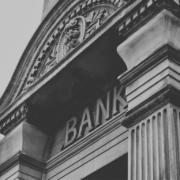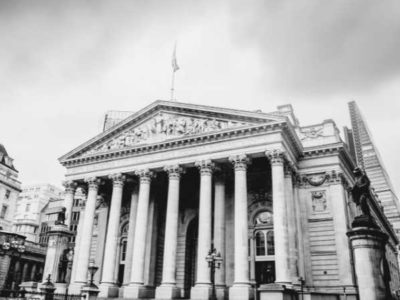- The European Central Bank has cut its key deposit rate to 3.75%.
- It’s moved faster than the Bank of England and the Federal Reserve in cutting rates.
- Signs of sticky inflation are likely to see policymakers now hit the pause button.
- Markets have been pricing in 2 – 3 cuts in total by the ECB by the end of the year.
- What next for the Bank of England and the Eurozone economy?
Susannah Streeter, head of money and markets, Hargreaves Lansdown:
‘’The European Central Bank has, as widely predicted, cut the eurozone’s key interest rate to 3.75%, moving faster than the Bank of England and the Federal Reserve. The reduction will come as a relief for many consumers and companies, whose finances have been stretched to breaking point by the rapid ratcheting up of interest rates. But ECB policymakers are expected to hit the pause button now, as sticky inflation has returned as a worry. While rates went straight up like a rocket, they look likely to descend in bumpy fashion.
Financial markets have been pricing in two to three rate cuts in total by the ECB by the end of the year, but it’s looking unlikely that that policymakers will vote for another move lower next month. Caution is set to stay the name of the game, as they await fresh indications about inflation’s path. Headline inflation went in the wrong direction at the last count, heading away from the ECB’s 2% target. It rose by 2.6% year-on-year in May, compared to 2.4% for the previous two months, a larger increase than expected. Prices in the services sector, seen as a good indicator of domestic demand, also jumped to 4.1% from 3.7%.
However, the overall direction of travel is clear – and it’s downwards. The ECB decision will raise hopes that UK interest rates will also be brought down sooner rather than later. The data coming in over the past few days has been more positive for the Bank of England, indicating that price pressures are easing. So an interest rate cut in August is still a very real possibility, although the financial markets have not been fully pricing in a cut until November.
What next for the Eurozone economy?
The Eurozone is in the recovery stage, with growth rising by 0.3% in the first three months of the year, after six quarters of stagnation or contraction. Unlike previous economic rough patches, firms have retained workers – with unemployment now at an all-time low. This means that stubborn pay growth remains a concern for policymakers, following a rise in negotiated salaries. There are concerns that it could feed further into higher prices, which is why policymakers are expected to stay more cautious in the months ahead.
If higher borrowing costs persist, this is set to have a further knock-on effect on the bloc’s economy, which is only just on the mend. Unemployment is forecast to rise, which may help ease pay pressures, but could cause a fresh weakening in economic activity. Even if interest rates creep down again later this year, as expected, it may not stop further problems for the commercial property sector, given the jump in refinancing costs that many firms will still be facing.
The International Monetary Fund has warned that Europe’s lacklustre growth prospects risk causing economic instability. On the face of it, European economies are constrained by growing deficits and strict rules on borrowing, which makes it difficult to spend big to boost fragile economies. This is especially the case given the demands on budgets from increased military spending and the need to support the green transition to meet agreed targets. Eleven countries, including France, Italy and Belgium, had deficits last year above 3% of GDP, the official high limit for debt. But there may be some room for manoeuvre given new rules that give a four-year grace period, with an option of extending to seven years – if governments show they are making investments aimed at boosting growth in the economy.’’

























Comments